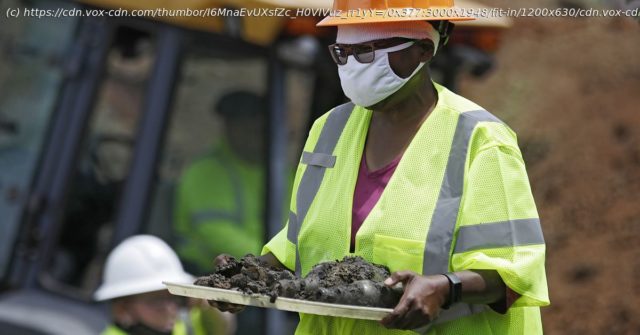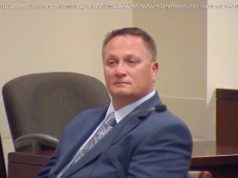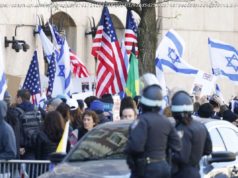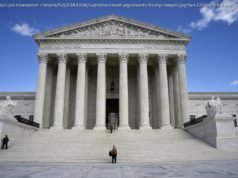Although many details about the two terrifying days in 1921 eventually came to light after decades of shared silence by perpetrators, victims and their progeny, some basic facts remain unknown, including the true death toll.
As the U.S. marks 100 years since one of its most shameful historical chapters, researchers, including descendants of Black victims of the Tulsa Race Massacre, are preparing to resume a search for remains believed to have been hastily buried in mass graves. Although many details about the two terrifying days in 1921 eventually came to light after decades of shared silence by perpetrators, victims and their progeny, some basic facts remain unknown, including the true death toll and the names of many members of the city’s once thriving Black community who died at the hands of a white mob. The state declared the death toll to be only 36 people, including 12 who were white. But for various reasons, including contemporaneous news reports, witness accounts and looser standards for tracking deaths, most historians who have studied the event estimate it to be between 75 and 300. Most Black victims were buried in unmarked graves, and efforts are ongoing to locate their remains for proper burial and recognition. “Most of these people were just thrown away, their bodies were buried while their loved ones were being held by armed guards in internment camps,” said Scott Ellsworth, a University of Michigan professor of Afroamerican and African studies who is consulting on the search and is among the foremost experts on the massacre, which is sometimes referred to as a riot. After a white mob descended on the Black section of Tulsa, Greenwood, and burned more than 1,000 homes, looted hundreds of others and destroyed its thriving business district, more than 4,000 Black people were forcibly interned for several days at a fairground and other sites during a period of martial law. Victims’ bodies — some burned beyond recognition — were unceremoniously buried during that time, with interned families unable to claim their loved ones’ remains or not even aware they had died, according to the 2001 findings of a state commission that explored the massacre. After the initial shock about the massacre wore off, it receded from the public’s consciousness.






